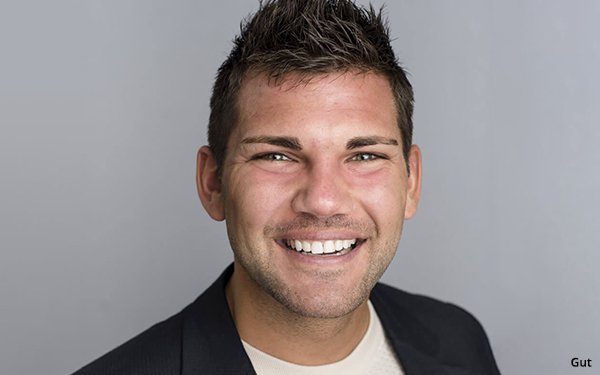Transition To Cookieless Advertising Fraught With Psychological Challenges
- by Laurie Sullivan @lauriesullivan, January 9, 2024

It’s difficult for marketers to adapt to most changes, especially those who have concerns about losing the ability to measure and track advertising campaigns. Attribution and measurement will look very different.
“It’s been a good run for the cookie,” said Patrick Gut, vice president of U.S. at Adlook, an enterprise demand-side platform (DSP) focused on brand growth. “But when thinking through privacy concerns and legislation, it’s not about finding a transition away from browser tracking cookies, but finding a new way for digital marketing to operate.”
The roots of Adlook, which launched in the U.S. about 1.5 years ago built on GDPR standards, originate from RTB House Group, a Polish advertising-technology company that specializes in targeted advertising.
The company on Tuesday launched a suite of cookieless solutions based on deep-learning technology, generative artificial intelligence, and commitment to user privacy.
advertisement
advertisement
Gut, who formerly ran the advertiser and agency NCSolutions business, says the company wants to change how digital advertising operates. It built the technology not to have to rely on one identifier.
When Google opened its Privacy Sandbox request for proposal (RFP) process to find a way to allow brands to target and interact with consumers, Adlook submitted a handful of proposals that were adopted.
Gut claims that this led to Adlook becoming the first DSP in the market to fully integrate the Google Protected Audience API. The offering built on deep learning (DL) and GAI includes Deep Context, Deep Search, and Deep Audiences.
GAI will have a major influence on the next phase of the advertising industry in terms of tracking, metrics, and measurement. The amount of data being processed and analyzed in nanoseconds as an advertising bid occurs requires that precision.
With the deprecation of cookies, advertisers need to make decisions on whether to use identifiers or rely on scale -- not only the bidding process, but with large language models (LLM), advertisers will have the ability to identify the tone and intent of an impending or forecasted purchase.
“The answer to a cookieless future relies on ‘yes and,’ IDs and contextual targeting and search,” Gut says. “It’s the only way to use the data effectively in the bidding process,
The nearly 30-year-old practice of using browser tracking cookies is vanishing, which presents a psychological setback for many marketers thinking they cannot survive without them. The move, however, is not without setbacks, and even Anthony Katsur, CEO of IAB Tech Lab, says Google Privacy Sandbox, which is intended to ease the transition, in early tests has experienced major challenges.


